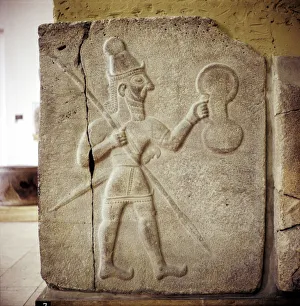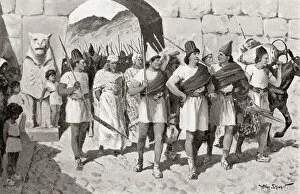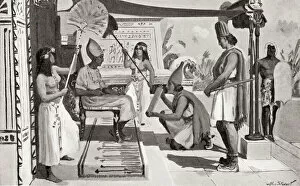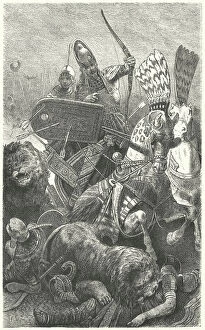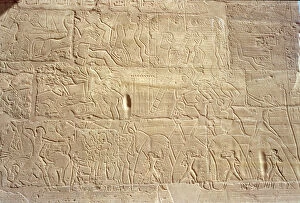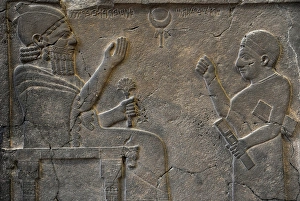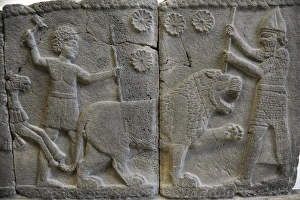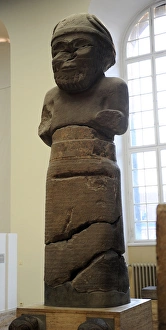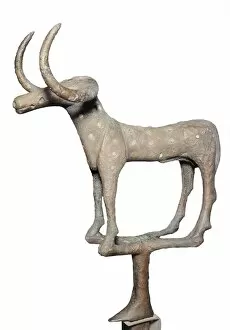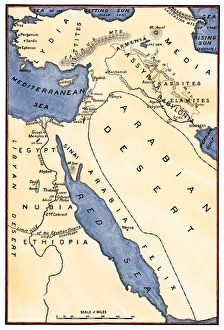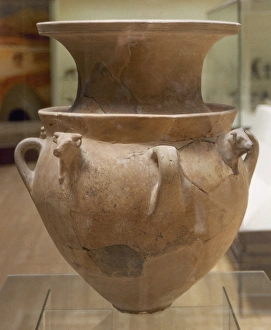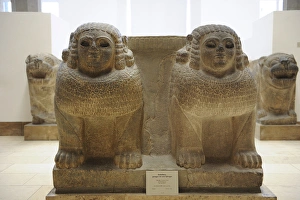Hittites Collection
The Hittites, an ancient civilization known for their military prowess and artistic achievements, left behind a rich legacy that continues to captivate us today
All Professionally Made to Order for Quick Shipping
The Hittites, an ancient civilization known for their military prowess and artistic achievements, left behind a rich legacy that continues to captivate us today. In the realm of art, their intricate reliefs provide a glimpse into their warrior culture and religious beliefs. One such relief depicts a formidable Hittite warrior or war-god, armed with shield, spear, and sword. This portrayal showcases the strength and valor that defined the Hittite warriors on the battlefield. Another remarkable artwork is the Stele of King Bar-Rakib, which dates back to 744-727 BC. The stele portrays this powerful ruler sitting on his throne, symbolizing his authority over his kingdom. It serves as a testament to the political stability achieved during his reign. Hunting scenes were also popular in Hittite art. An orthostat from the 8th century BC displays hunters pursuing a lion—a demonstration of both hunting skills and bravery in facing dangerous beasts. The colossal statue of the Weather God Hadad stands as an impressive example of Hittite sculpture. This deity was believed to control natural forces such as rain and storms—an essential aspect of agricultural societies like theirs. Moving back in time, we encounter a bull sculpture dating from 2500-2000 BC—a reminder of how far back Hittite history stretches. This piece represents their reverence for animals and hints at their connection with nature. Historical events involving other civilizations are also depicted in Hittite art. One relief shows Suppiluliuma I entering Khatti—their mountain capital—highlighting significant moments in their empire's growth. Interactions between Egypt and They can showcased through engravings depicting Ramesses II receiving copies of treaties with them or engaging them in battle at Kadesh in 1274 BC—a testament to both diplomatic negotiations and military conflicts between these two great powers. Lastly, let's not forget about where it all began—the birthplace of the Hittite Empire.


